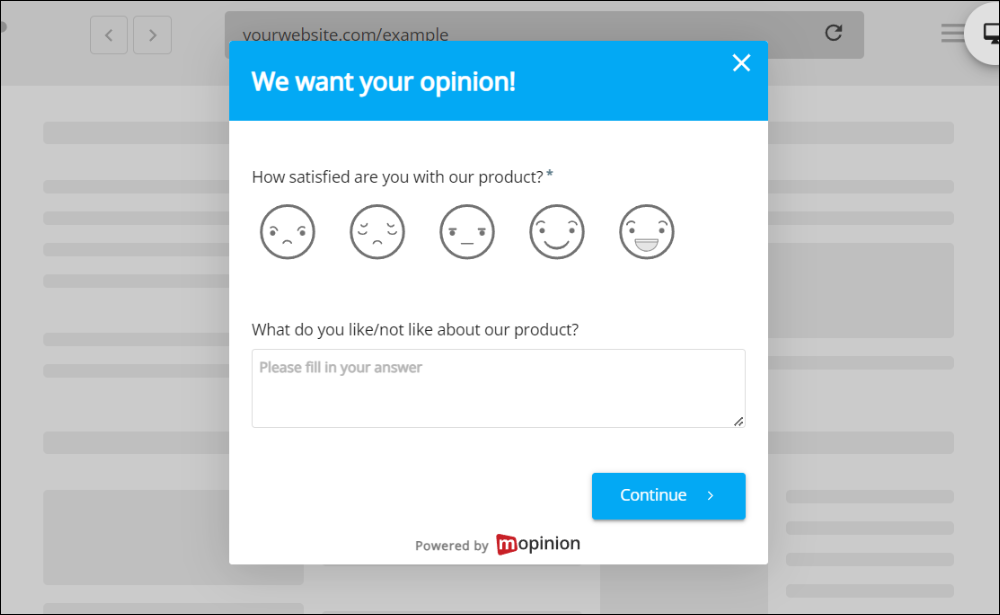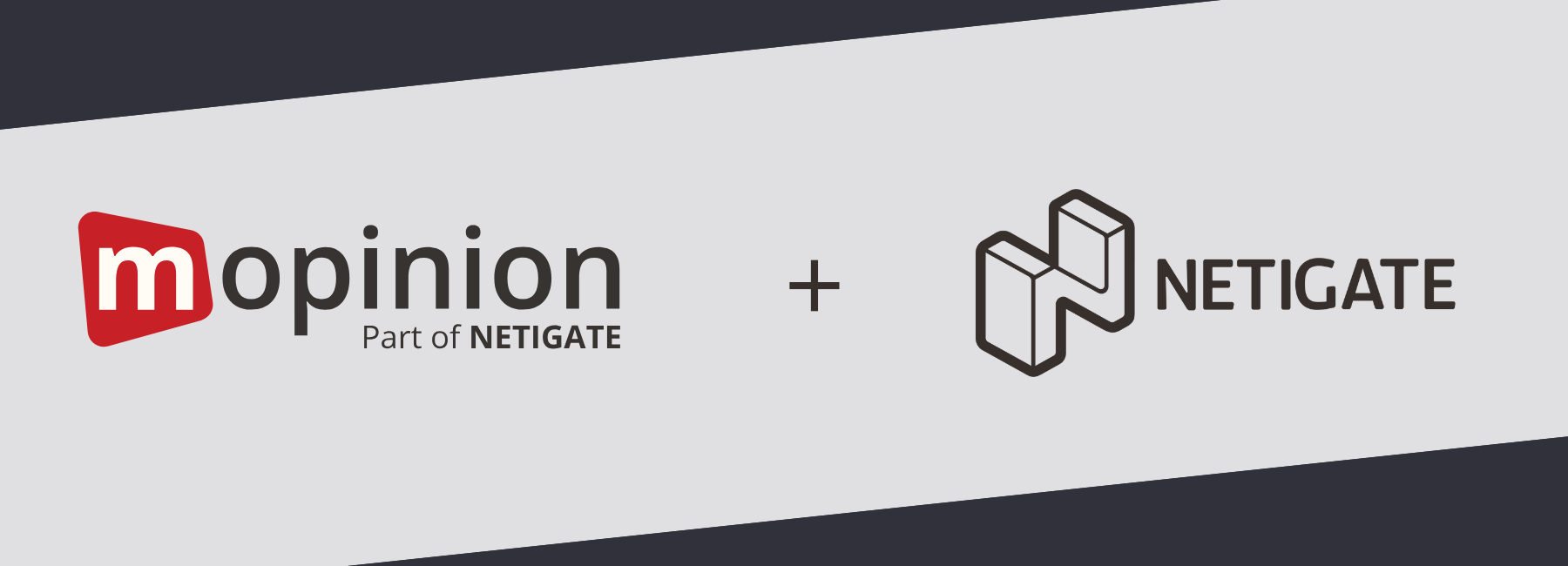A Voice of the Customer (VoC) template is a structured, systematic way to capture, organise, and act on feedback so every decision is guided by real customer insight, not assumptions. Done right, it’s the difference between a product that fails and one that drives loyalty, advocacy, and measurable growth.
Imagine this: you’ve just launched a shiny new product feature. Your team spent months perfecting it. The design is beautiful. You’re proud of it. But when it goes live… silence. Maybe even a few complaints.
The problem? You built what you thought your customers wanted, not what they actually needed.
This is where a Voice of the Customer (VoC) template comes in!
In this article, you can learn about:
- What is a Voice of the Customer (VoC) Template?
- Why use a Voice of the Customer Template?
- Types of Voice of the Customer Templates (and when to use them)
- How to create a Voice of the Customer Template (step-by-step)
- Best Practices for using your VoC Template
- Voice of the Customer examples and use Cases
- Conclusion: Listening is your Growth Strategy
What is a Voice of the Customer (VoC) Template?
The Voice of the Customer (VoC) represents the expectations, preferences, and experiences your customers have with your brand.
But here’s the challenge: customer feedback comes in many forms, surveys, social media comments, support calls, reviews and without structure, it’s just noise.
That’s where a VoC template comes in. It’s not just a survey outline, but a framework that guides how your business collects feedback, listens and analyses it, and then turns those insights into action. By providing a consistent process across every channel, a VoC template ensures no feedback goes to waste.
This means you can spot patterns faster, address issues before they escalate, and make improvements that genuinely matter to your audience.

Why use a Voice of the Customer Template?
Without a template, feedback is scattered, inconsistent, and easily forgotten. With one, you have a single source of truth for understanding your customers.
The benefits are game-changing, because a VoC template doesn’t just collect feedback, it organises it. Without a consistent framework, valuable insights often stay scattered across surveys, emails, or support logs, making it harder for teams to prioritise and act.
With a VoC template, feedback is captured in a structured way, which means:
- Faster problem-solving – Detect issues early, prioritise them, and resolve them before they become full-blown crises.
- Smarter decisions – Validate ideas with real input instead of risky guesswork, ensuring teams focus on what matters most.
- Stronger loyalty – Show customers their voices drive your actions, building trust and advocacy.
Just look at a global leader like Amazon. It has built its reputation on customer listening, fine-tuning products, smoothing out friction points, and delivering experiences that keep people coming back.
That’s the power of a robust VoC process!
As the Nielsen Norman Group explains, the timing, format, and clarity of feedback requests directly impact the quality of insights you receive, making structure not just useful, but essential.
Types of Voice of the Customer Templates (and when to use them)
Different goals require different templates because not all feedback is created equal. The way you capture product insights after a feature launch, for example, won’t be the same as how you analyse support tickets or monitor social chatter.
A strong VoC framework adapts to these contexts by using different templates for different stages of listening, analysing, and acting on customer feedback.

VoC Data Collection Templates:
- Survey Templates – Great for measuring satisfaction or NPS after a purchase or feature launch. Keep them short to maximise completion rates.
- Interview Templates – Ideal for in-depth, qualitative insights. Perfect for uncovering the “why” behind customer behaviour.
- Social Listening Templates – Capture unfiltered feedback from platforms like X, Instagram, or LinkedIn. Best for spotting trends and real-time sentiment shifts.
- Support Log Templates – Track recurring issues in customer service channels. Perfect for identifying process gaps or training needs.
VoC Analysis and Reporting Templates:
- Tagging and Categorisation Templates – Standardise how teams label feedback by theme (e.g. pricing, usability, support), so insights are easy to compare across channels.
- Dashboard Templates – Visualise recurring issues, sentiment shifts, or priority areas at a glance, helping stakeholders spot opportunities faster.
VoC Action Templates:
- Follow-up Workflow Templates – Define how teams close the loop with customers, whether it’s a thank-you email, a product update notification, or a tailored response.
- Action Plan Templates – Translate insights into next steps: assign ownership, set deadlines, and track impact so feedback doesn’t just sit in a report.
Choosing the right mix depends on where your customers talk to you most and how those insights will flow through your VoC framework from collection to analysis to meaningful action.

A goal completion rate feedback form from Dutch retailer Hema. The form asks “What is your reason for visiting hema.nl?”. And then “Did you succeed with your goal?”.
How to create a Voice of the Customer Template (step-by-step)
Step 1: Define Your Goals:
What do you want from your VoC efforts? Maybe it’s fixing a poor onboarding experience, increasing repeat purchases, or validating a new product idea. Clear goals shape the questions you ask.
Step 2: Gather Feedback Across Channels:
Don’t rely on one method. Use surveys, interviews, social listening, and support logs to get a complete picture. A single channel rarely tells the full story.
Step 3: Analyse the Data:
Look for patterns, recurring themes, and shifts in sentiment. Categorising and tagging responses makes insights easier to digest and this is where a feature like Mopinion’s Smart Recaps can accelerate the process by automatically grouping feedback into clear, actionable takeaways.
Dashboards and visualisations help teams see trends at a glance, but the work doesn’t stop there. To truly maximise the value of your VoC programme, insights should be shared across the organisation. Product, marketing, customer service, and leadership teams all benefit when feedback is accessible, structured, and easy to act on.
By democratising VoC data in this way, organisations can move from raw feedback to prioritised actions faster, ensuring every department is aligned with both customer needs and business goals.
Step 4: Link Feedback to Action:
Insights without action are wasted. If a feature causes confusion, create a tutorial or redesign it. If customers love something, find ways to amplify it.
Step 5: Prioritise Changes:
Not every improvement is equal. Focus on high-impact fixes that align with both customer needs and business goals.
Best Practices for using your VoC Template
Personalise Your Questions:
Generic questions get generic answers. Tailor them to specific touchpoints, like post-purchase or after a support call.
Time It Right:
Ask for feedback when it’s fresh, right after an interaction, not weeks later.
Share Insights Across Teams:
VoC data is gold for product, marketing, and customer service. Make it accessible so everyone benefits.
Close the Loop:
Tell customers how their feedback made a difference. This not only shows appreciation but also strengthens loyalty.
Keep It Continuous:
Customer needs evolve. Keep listening and adapting, VoC isn’t a one-off project.
Voice of the Customer examples and use cases

Mopinion customers have used VoC templates to:
- Reduce churn by fixing friction points during onboarding.
- Enhance product features based on direct user suggestions.
- Optimise website usability using real-time feedback.
- Improve customer service by addressing recurring support issues.
Renowned Dutch retailer Etos, for instance, saw a 40% uplift in click-through rates on category suggestions and a 467% boost on product suggestions after acting on VoC insights.
That’s not just feedback collection, that’s business growth!
Conclusion: Listening is your Growth Strategy
A well-crafted VoC template doesn’t just gather opinions, it fuels smarter decisions, builds stronger customer relationships, and drives measurable growth.
With Mopinion’s intuitive feedback solutions, you can design, deploy, and analyse your VoC programme with ease, turning feedback into your most powerful competitive advantage.
Ready to hear your customers loud and clear?
Your growth story starts with listening! Start your VoC journey with Mopinion today.
Ready to see Mopinion in action?
Want to learn more about Mopinion’s all-in-1 user feedback platform? Don’t be shy and take our software for a spin! Do you prefer it a bit more personal? Just book a demo. One of our feedback pro’s will guide you through the software and answer any questions you may have.







